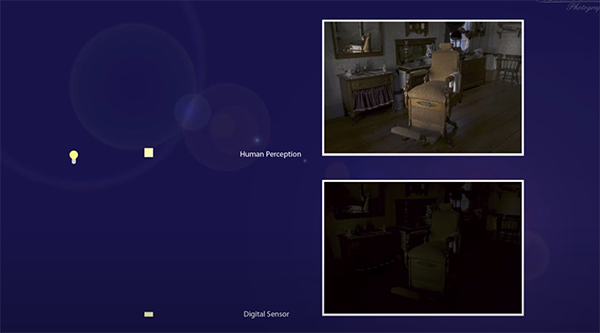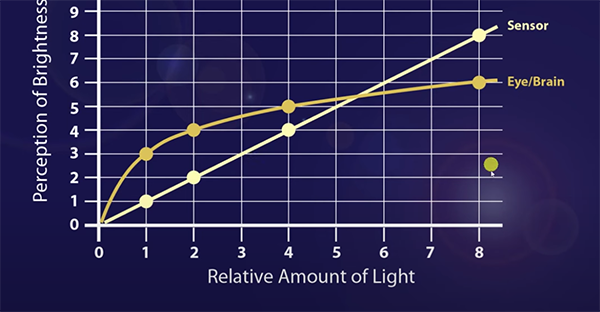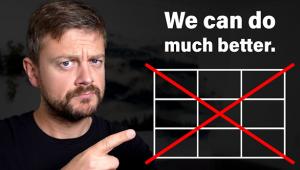EXPOSE TO THE RIGHT: Here's What It's All About (VIDEO)

You've probably heard the term "Expose to the Right" (ETTR) but do you understand the benefits of this somewhat controversial technique and know how to put it to use? Today's tutorial from the Hoffman Photography YouTube channel will get you up to speed so you can begin using ETTR today.
Instructor Rainer Hoffman is a professional photographer, educator, and prolific author who kicks off this episode by noting that ETTR relies upon on the proper use of a camera's histogram. If you need a refresher on that topic, take a look at the earlier tutorial we posted, describing how the histogram can save your images.
Hoffman explains his goal for today's episode like this: "My purpose is not to advocate exposing to the right, but rather to explain what's it's all about and why some photographers recommend using the method." Hoffman's explanation gets a bit technical but hang with it because no questions are left unanswered.

A simple way to begin is by imagining you and your camera are inside a completely dark room and the camera is set to a fixed shutter speed, fixed aperture, and fixed ISO value (it doesn't matter what they are). In this situation you can't see anything and the camera produces a black image because there's no light reaching the sensor.
Now turn on a low wattage lamp and see what happens. Hoffman says that, "we can now see the whole scene in front of us, but the camera will only capture a very dim image." This thought experiment continues by switching on two more lamps, one at a time, and here's the quick takeaway:
Every time you double the amount of light, our human perception changes in a manner that's not quite accurate. But a camera's sensor outputs exactly twice the brightness. Or as Hoffman explains, at some point as you turn on more and more lamps, "the photo will become overexposed, while our brain still perceives a perfectly exposed image."

In other words, as the light continues to increase "the sensor reacts in a linear fashion while our eyes respond logarithmically." With this necessary information under your belt, Hoffman moves on to practical applications that pertain to shooting with ETTR.
The goal is to capture the maximum tonal range within a scene—in a single photograph—from whites, blacks, and everything in between. We can do this by shooting multiple image and merging them during the editing process, but wouldn't you prefer getting as close as possible with one shot in the camera?
So take a look, be patient with the technical stuff, and see if ETTR meets your needs. Then head over to Hoffman's very interesting YouTube channel where there's much more to learn.
And if you're uncertain about using your camera's histogram, be sure to watch the quick primer mentioned above.
- Log in or register to post comments










































